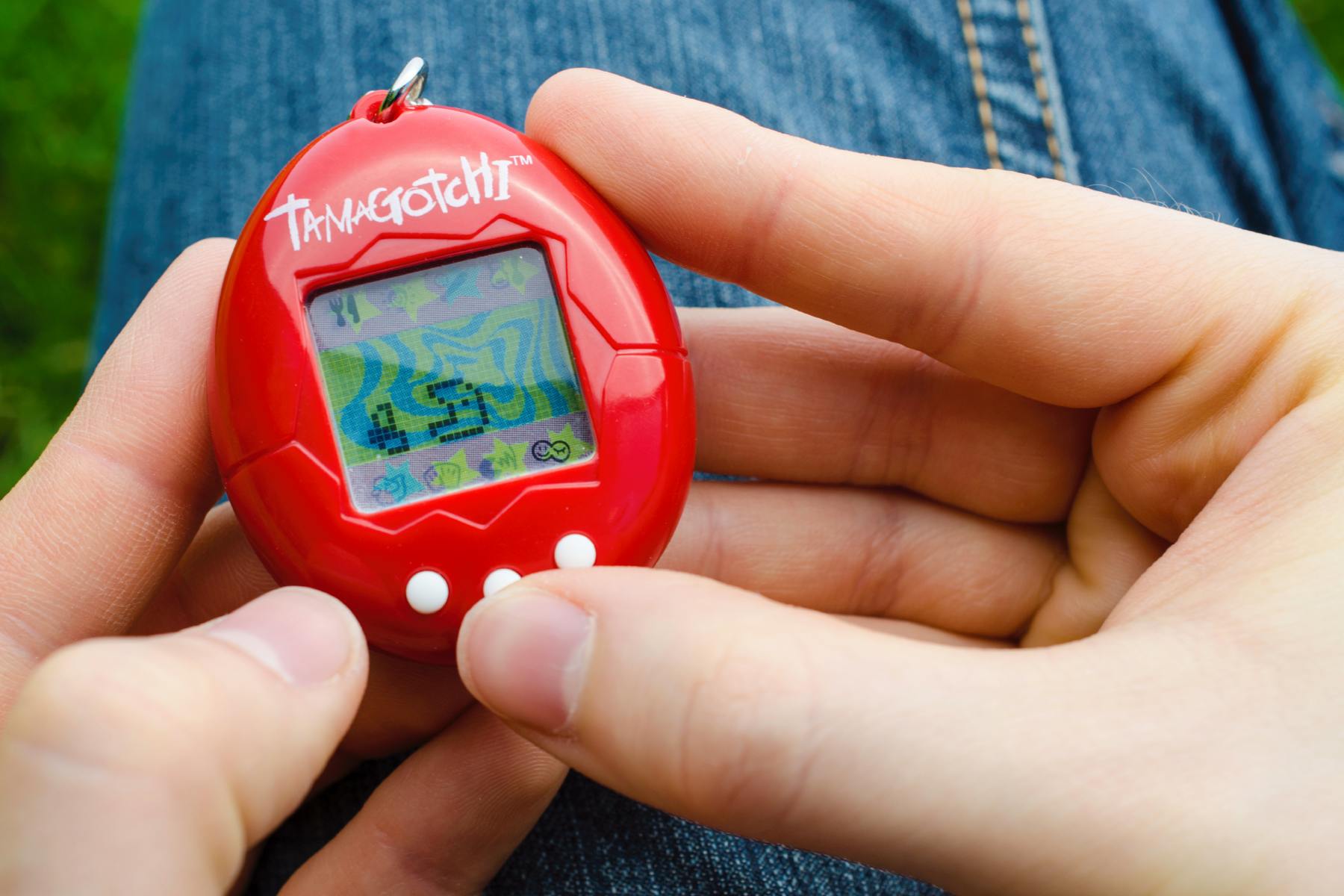Top Stories
Tamagotchi’s Legacy: How 90s Toys Shaped Our Device Dependence

URGENT UPDATE: New insights reveal how the beloved Tamagotchi and Giga Pets of the 1990s have shaped millennials’ relationships with modern technology. As we navigate a world of demanding personal devices, experts are drawing parallels between these nostalgic toys and today’s pervasive smartphone culture.
Recent studies emphasize that the interactive nature of Tamagotchi—first released in 1996—trained a generation to respond to technology’s constant needs. With over 400 million units sold in just 18 months, Tamagotchi became a cultural phenomenon that taught children about responsibility and care, laying the groundwork for the emotional attachments we form with our devices today.
Experts like media scholar Machiko Kusahara explain that Tamagotchi’s design stripped away visual realism to focus on psychological impact. The device’s beeping alerts required daily attention, mirroring the notifications we receive from our smartphones. This frequent interaction created a bond between users and their digital pets, making them feel responsible for their well-being.
Sociologist Sherry Turkle notes that the emotional connections formed with these devices reveal a fundamental truth about human-machine psychology. “When a digital creature entrains people to play parent, they become attached,” she states. This connection is echoed in current smartphone use, where users often feel compelled to respond to notifications, blurring the line between necessity and care.
The ongoing relevance of this relationship is highlighted by theorist Wendy Hui Kyong Chun, who argues that our interactions with personal devices are defined by a cycle of habit and crisis. Each notification or alert can trigger an immediate response, forming a complex relationship between user and device that reflects the nurturing dynamics once seen with Tamagotchis.
As we face a surge in demands from our gadgets, including constant updates and persistent alerts, the lessons learned from Tamagotchi are more vital than ever. The emotional attachment millennials feel towards their smartphones mirrors the bond they once had with their digital pets.
In 2025, Stephen Monteiro published a book titled Needy Media: How Tech Gets Personal, further exploring this evolution of human-device interaction and its societal implications. He notes that what was once seen as an extraordinary connection to a toy has now become the norm in our daily lives.
As millennials enter middle age, the impact of these early experiences with Tamagotchi and similar toys resonates profoundly in our tech-driven society. The need for constant engagement and the emotional responses elicited by our devices are now ingrained behaviors, shaping how we interact with technology daily.
In this era of hyper-connectedness, understanding the roots of our attachment to technology could help mitigate feelings of anxiety and dependence. As we reflect on the legacy of Tamagotchi, it’s clear that these early experiences have paved the way for the complex relationships we navigate with our devices today.
Stay tuned for further developments on this topic as experts continue to explore the psychological implications of our device-driven lives.
-

 Politics4 weeks ago
Politics4 weeks agoSecwepemc First Nation Seeks Aboriginal Title Over Kamloops Area
-

 World5 months ago
World5 months agoScientists Unearth Ancient Antarctic Ice to Unlock Climate Secrets
-

 Entertainment5 months ago
Entertainment5 months agoTrump and McCormick to Announce $70 Billion Energy Investments
-

 Science5 months ago
Science5 months agoFour Astronauts Return to Earth After International Space Station Mission
-

 Lifestyle5 months ago
Lifestyle5 months agoTransLink Launches Food Truck Program to Boost Revenue in Vancouver
-

 Technology3 months ago
Technology3 months agoApple Notes Enhances Functionality with Markdown Support in macOS 26
-

 Lifestyle3 months ago
Lifestyle3 months agoManitoba’s Burger Champion Shines Again Amid Dining Innovations
-

 Top Stories2 months ago
Top Stories2 months agoUrgent Update: Fatal Crash on Highway 99 Claims Life of Pitt Meadows Man
-

 Politics4 months ago
Politics4 months agoUkrainian Tennis Star Elina Svitolina Faces Death Threats Online
-

 Sports5 months ago
Sports5 months agoSearch Underway for Missing Hunter Amid Hokkaido Bear Emergency
-

 Politics5 months ago
Politics5 months agoCarney Engages First Nations Leaders at Development Law Summit
-

 Technology5 months ago
Technology5 months agoFrosthaven Launches Early Access on July 31, 2025





















